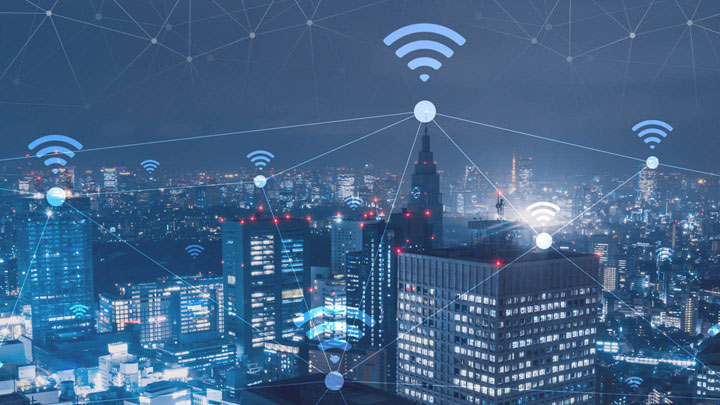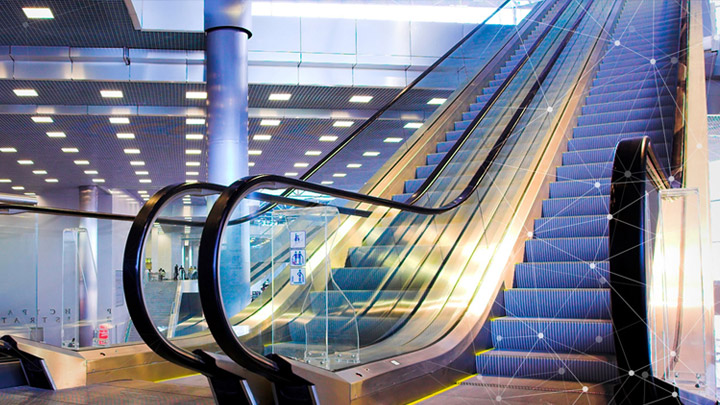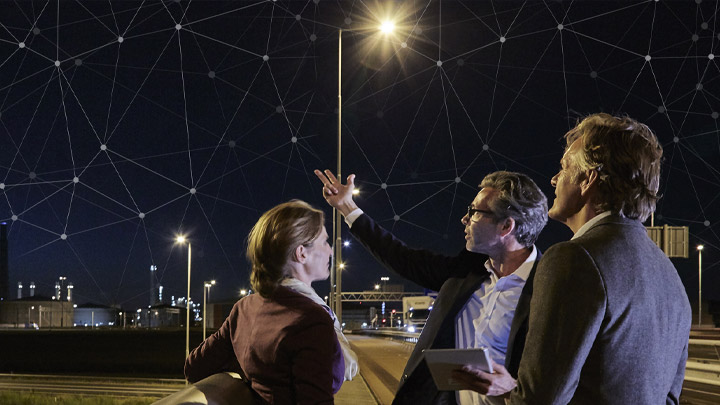City authorities all over the world drove one of the fastest technology shifts in human history when they upgraded street lighting to LED luminaires. While they’ve reaped massive energy and cost savings, they now confront a huge maintenance problem created, ironically, by the long lifespan of LEDs.
A double-edged sword
Electric street lighting is over a hundred years old and for decades it was pretty much business as usual until recently, when LED technology spurred an extraordinary step change. Lasting two to four times as long as traditional high pressure sodium (HPS) technology, LED life spans reach 10 to 15 years, making them the most durable light source ever used for street lighting. This made them very attractive to municipalities looking to save maintenance costs. But over time, this advantage came back to bite them.
The component wild card
LED technology is improving rapidly to deliver tremendous performance increases. As it evolves, new fixtures are constantly introduced to the lighting grid. This has resulted in multiple generations of LED technology now in use with a mind-bogglingly diverse array of components.
Today, a city’s street lighting grid might feature more than a hundred different LED sources, thousands of boards, many thousands of different optical lens plates and more than a hundred drivers.
So every time a street light stops working, it’s a wild card. Maintainers don’t know which lens plate, driver, or LED was used without physically checking the fixture. It’s impossible to keep every part in stock. And when you factor in changing compliance requirements across a large and diverse installed base, it just gets harder.
As you can imagine, this greatly complicates maintenance of street lighting. For large municipalities, such as the City of Chicago which operates hundreds of thousands of street lights, this question causes headaches every day.
What if every light point had a digital fingerprint?
Digital fingerprints offer a simple solution to this problem by revealing the detailed identity of every device connected to the city’s electricity grid. Local or long range connectivity can deliver this information to a dashboard to create a digital asset log. This enables maintainers to order precisely the part or fixture they need to repair or replace a broken street light.
Lighting up the opportunities
For maintenance companies, this model offers exciting new business opportunities as cities turn to independent suppliers to help them not only keep the lights on but achieve their smart city vision.
By integrating street light data on a dashboard, maintainers can provide more cost-effective lighting maintenance and management services to cities. Diagnostics could analyze where and how parts fail so that maintainers can predict outages and order parts before they happen.
They could even work with cities to expand this opportunity. As cities add more sensors to improve livability and safety and reduce costs, for example, by tailoring lighting in public spaces to occupancy or times of day, maintainers could provide unified alerting services and backend capabilities, such as spare parts warehousing. By integrating their systems with city systems to create a true smart city, they can make themselves indispensable.
What’s next?
It turns out that switching to LED was just the beginning. As LED lighting transforms, going beyond light points to provide smart city infrastructure, a world of opportunities lies ahead. Who would have predicted that the difficulty of maintaining history’s most durable light source would bring lighting manufacturers into the digital age, making us pivotal to the Internet of Things and the vision for smart cities?

Global Product Manager
Signify

Is a Hue moment approaching for smart commercial lighting?
With the Sensor Ready (SR) standard in place, is a Hue moment approaching for smart commercial lighting?

What does smart lighting mean for the future of emergency lighting?
Emergency lighting systems for commercial buildings typically do not get the attention they deserve.

Getting streetwise about outdoor lighting
Street lights come in a range of form factors from but despite all their differences, they have one thing in common: they can all be controlled wirelessly.